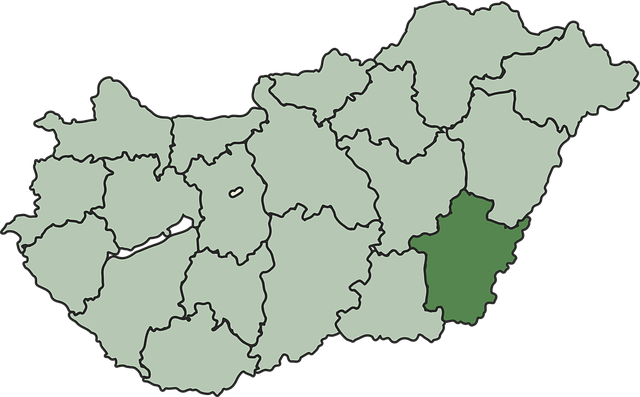The real estate sector is a vital driver of state economic growth, influencing infrastructure, investment, jobs, and tax revenue. Market trends include urban renaissance, sustainable construction, and dynamic innovation. Strategically, mixed-use developments diversify economies, enhance livability, and attract domestic/foreign investments, transforming underutilized areas into thriving centers. Policymakers must navigate this intricate relationship to foster sustainable growth and maintain a robust real estate sector for long-term economic benefits.
“Unleashing the economic potential of a state often begins with its real estate market. This article delves into the pivotal role of real estate as a driver of state growth, exploring key trends and strategies. From urban developments to rural revitalizations, understanding the dynamics of the real estate sector is crucial for policymakers and investors alike. Discover how strategic investments and innovative policies can leverage this powerful industry to foster sustainable economic prosperity.”
The Role of Real Estate in State Economic Growth

The real estate sector plays a pivotal role in propelling state economic growth, serving as a cornerstone of many thriving economies. It drives development by facilitating infrastructure growth and attracting investments, both local and foreign. The construction and maintenance of residential, commercial, and industrial properties create numerous job opportunities, stimulate local businesses, and generate significant tax revenue for the state. As a result, real estate becomes a powerful engine that fuels overall economic health.
Moreover, the dynamism of the real estate market reflects the broader economic climate. During periods of prosperity, property values tend to surge, encouraging further investment and development. Conversely, it acts as a barometer during economic downturns, with declining prices often signaling larger financial challenges. Understanding this intricate relationship is crucial for policymakers aiming to foster sustainable economic growth and ensure a robust real estate sector that benefits the state in the long term.
Key Drivers and Trends in the Real Estate Market

The real estate market is a vital indicator of an economic powerhouse’s health and growth trajectory. In this state, several key drivers and trends are reshaping the landscape. One prominent trend is the urban renaissance, where previously overlooked inner-city areas are experiencing a surge in development due to their proximity to amenities and jobs. This phenomenon is driving up property values and attracting young professionals and families alike.
Moreover, sustainable construction practices and green buildings are gaining traction, reflecting both environmental consciousness and practical considerations. As the state continues to grow economically, the real estate market remains dynamic, with a focus on innovation, accessibility, and eco-friendly design. This blend of modern infrastructure and responsible development underscores the state’s status as an economic powerhouse, fostering a robust and diverse real estate sector.
Strategies for Leveraging Real Estate to Boost State Economies

Real estate plays a pivotal role in boosting state economies, offering strategic opportunities for sustainable growth. One key approach is to encourage mixed-use developments that blend residential, commercial, and retail spaces. This multifaceted strategy not only diversifies the local economy but also enhances urban livability, attracting businesses and residents alike. By fostering an environment where people work, live, and play within close proximity, states can reduce commute times, stimulate local commerce, and create a vibrant community atmosphere.
Additionally, investing in real estate infrastructure, such as modern office buildings, industrial parks, and innovative retail spaces, can draw in domestic and foreign investments. States can further leverage this potential by offering incentives like tax breaks or subsidies to businesses setting up shop in targeted areas. Such initiatives not only spur economic activity but also contribute to the long-term development of underutilized regions, transforming them into thriving centers of industry and commerce.






